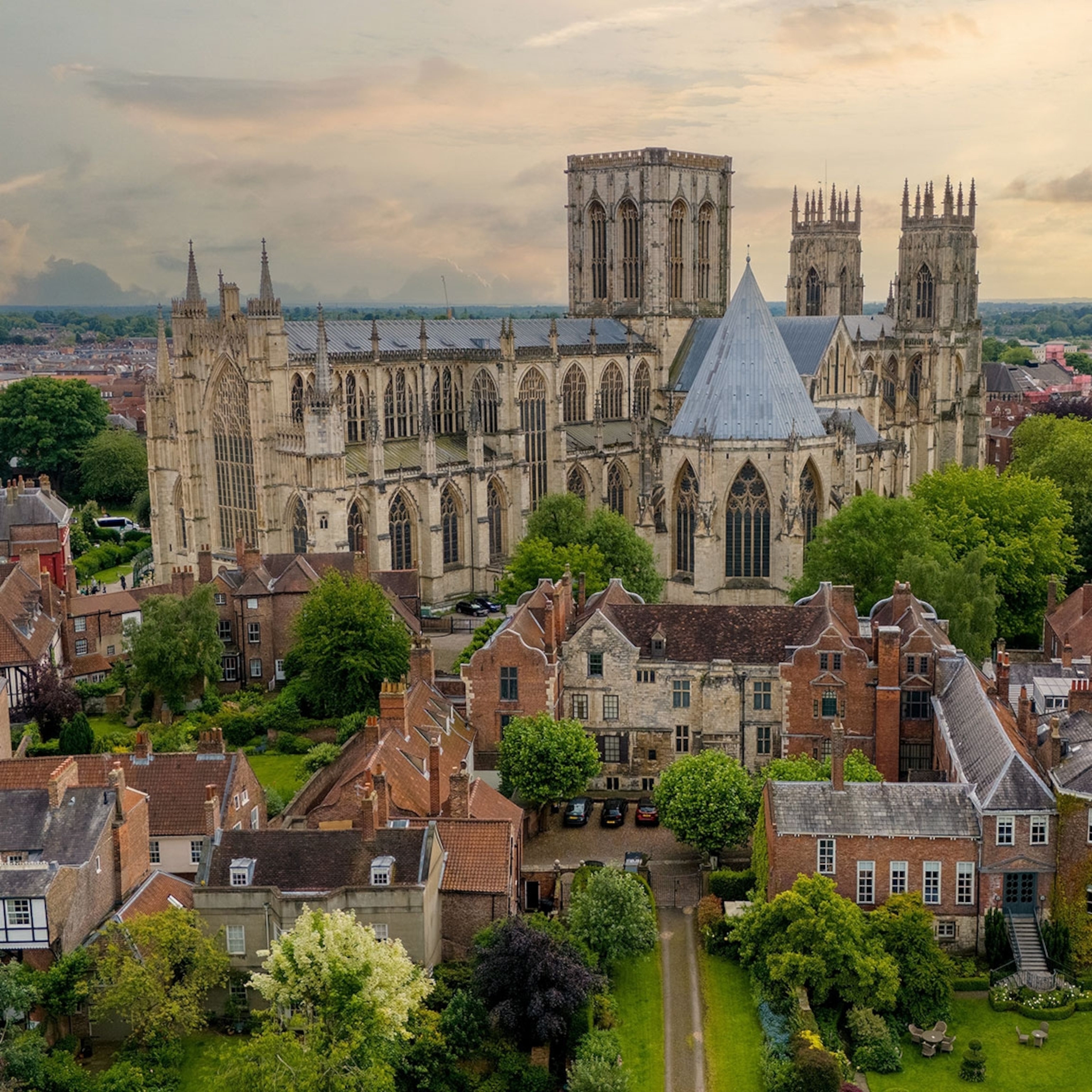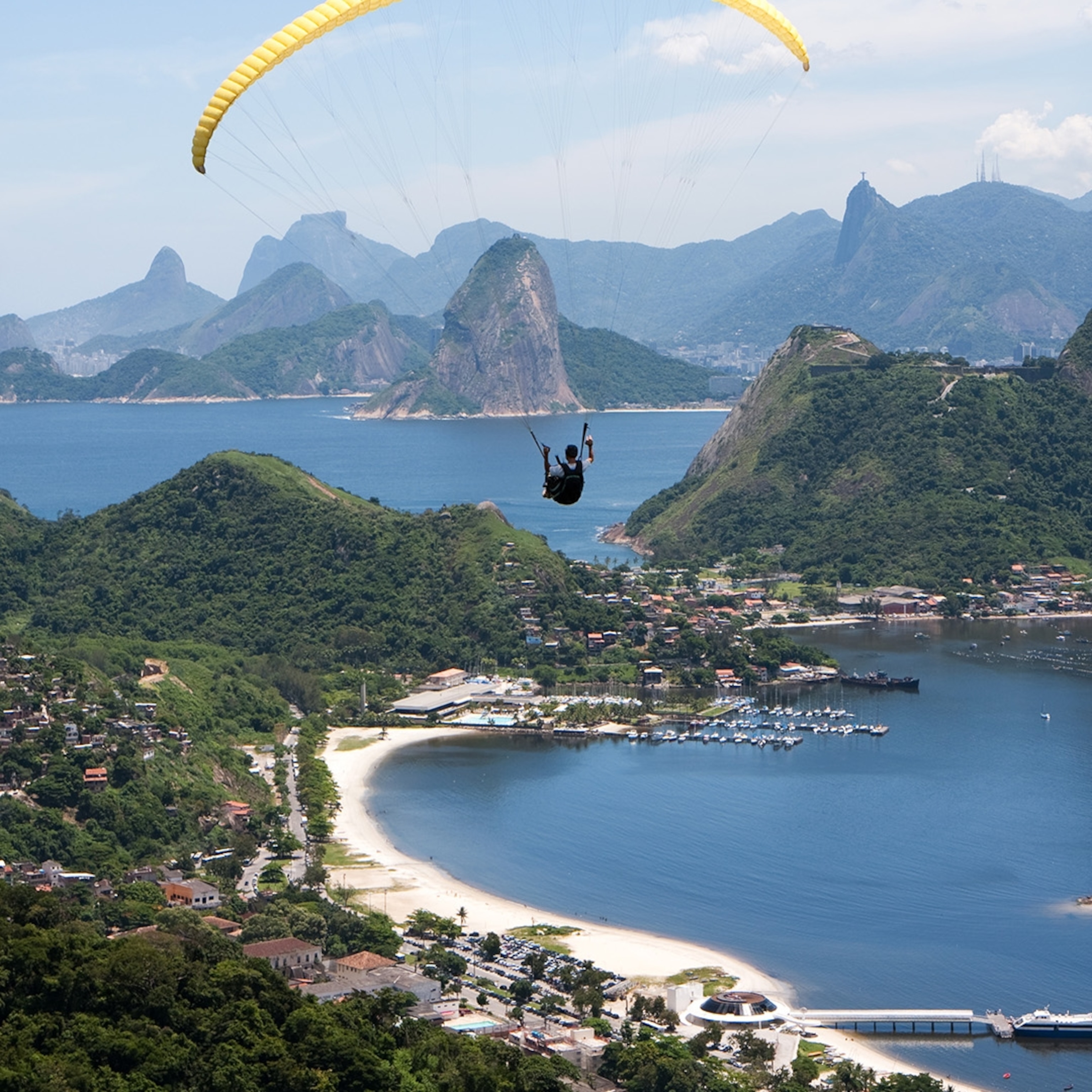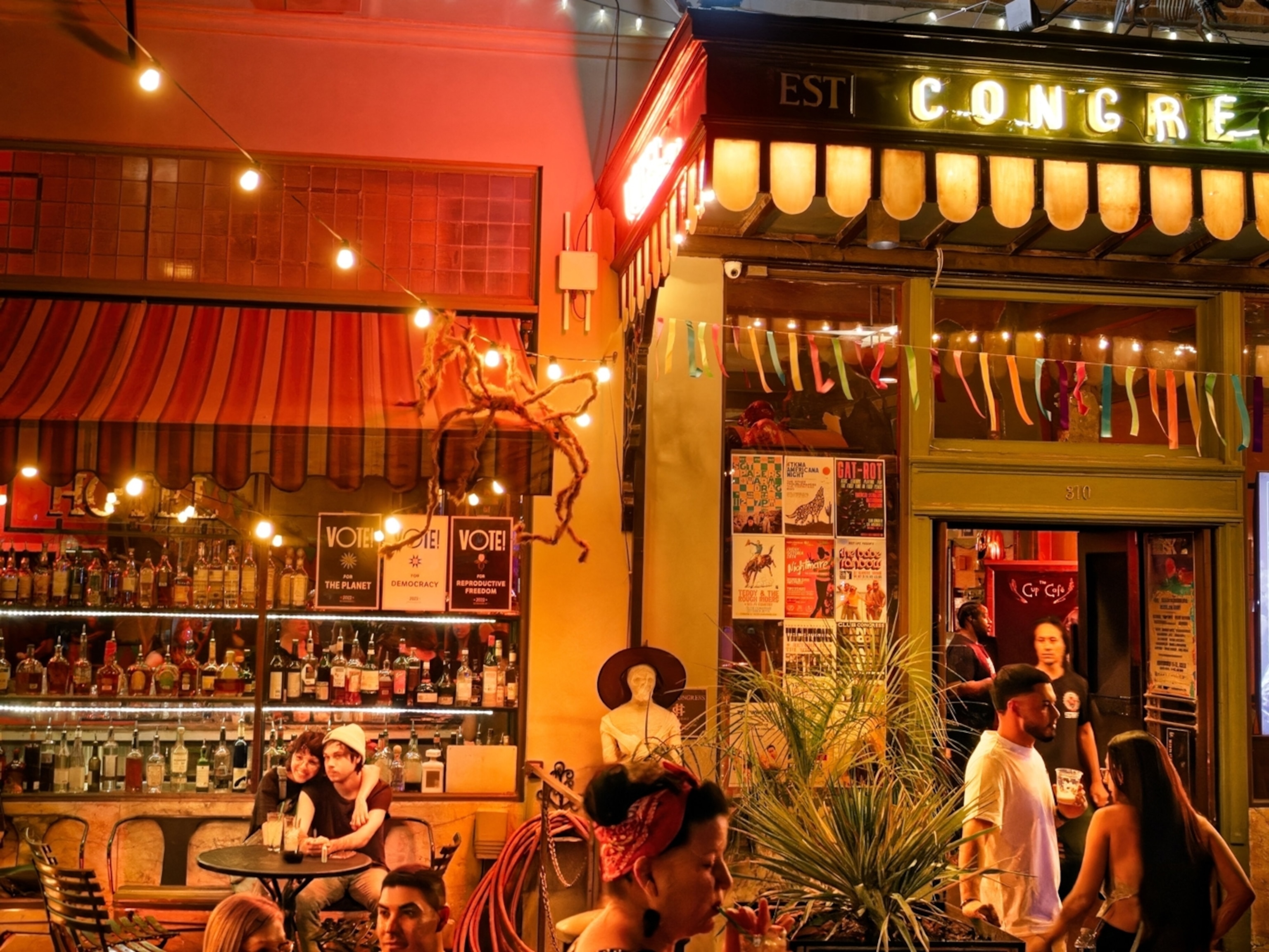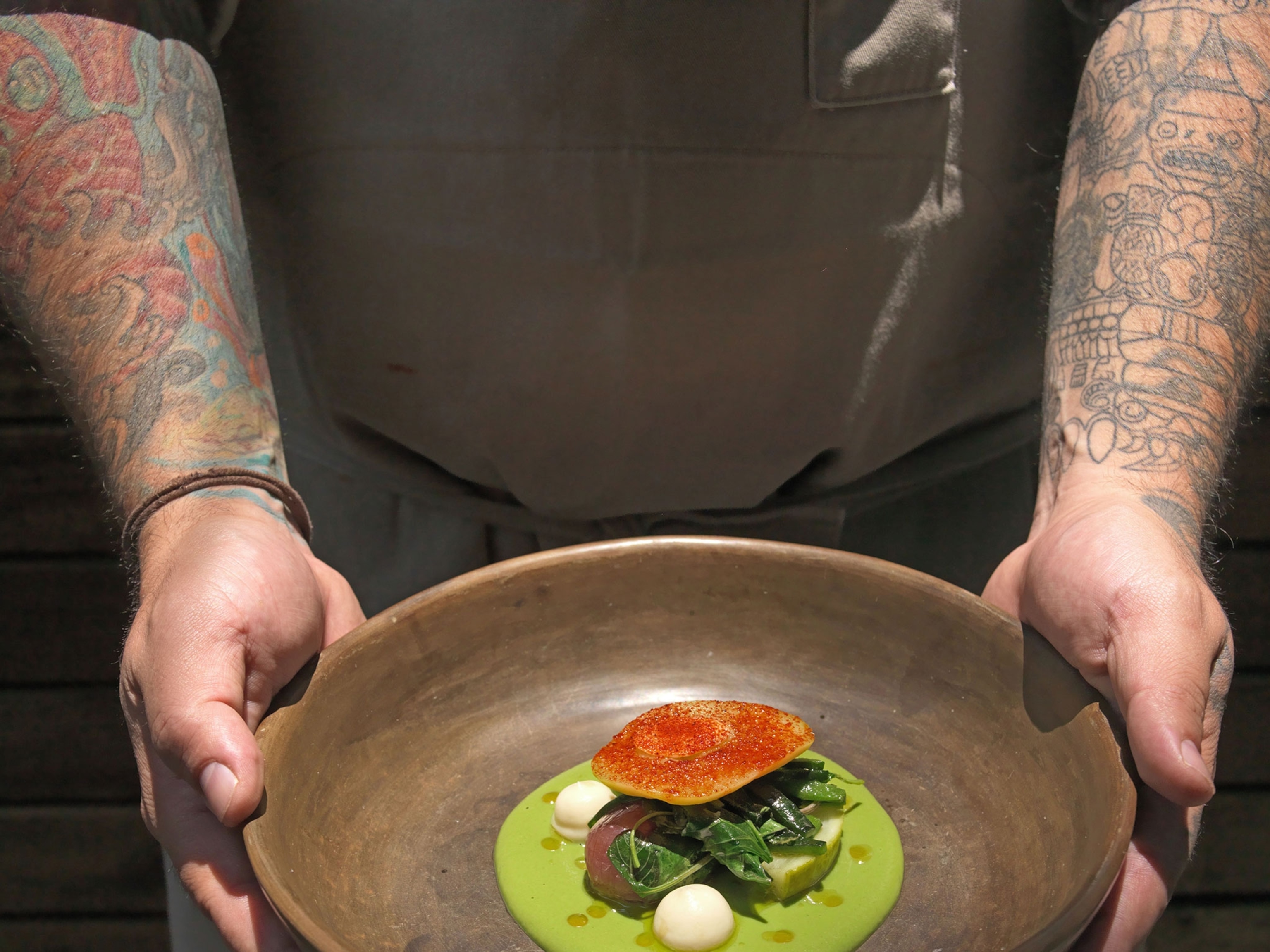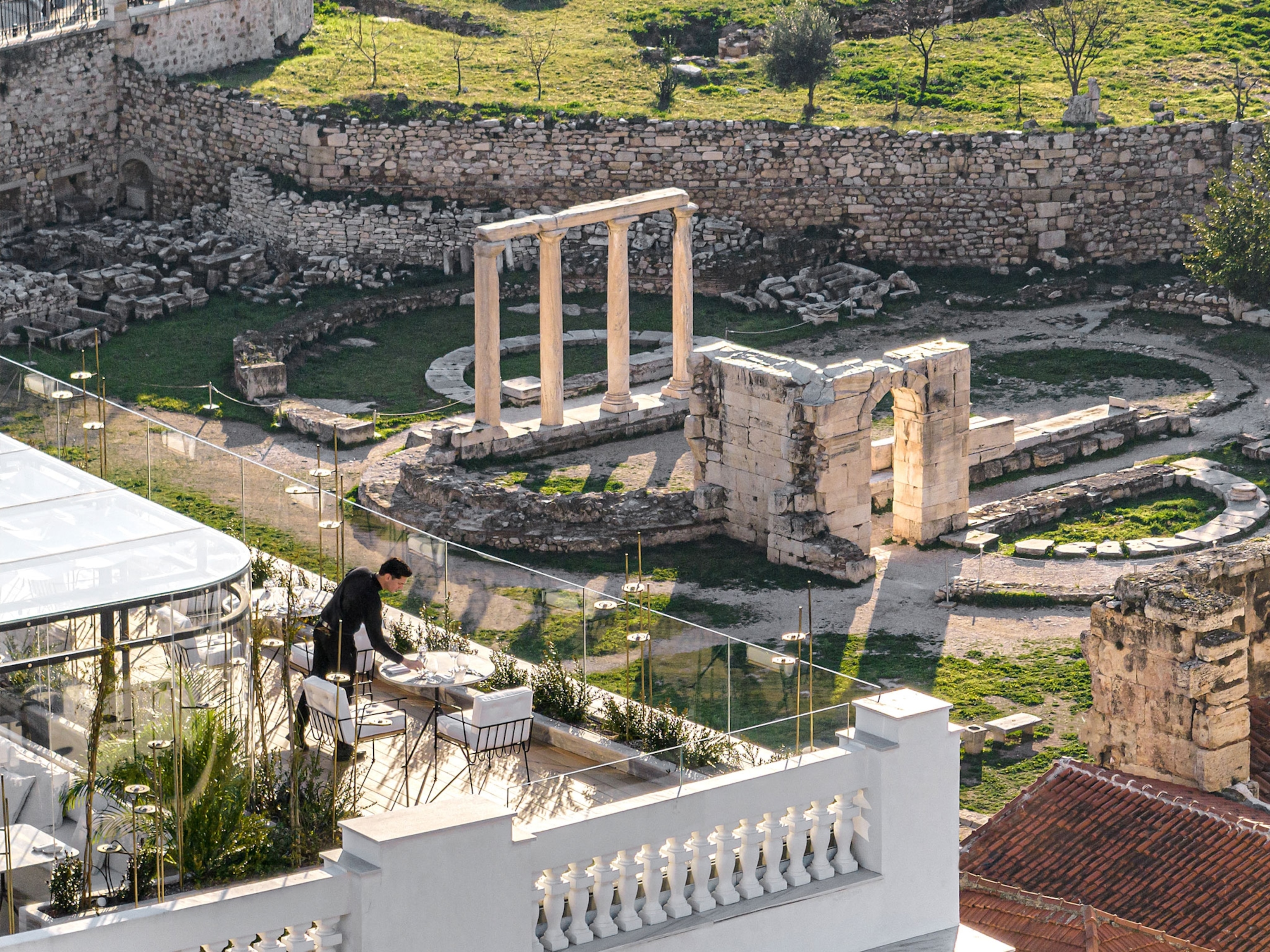
Tbilisi: the world’s most bohemian city
Tbilisi has a thriving new bohemian scene, from nightclubs to speakeasy cafes. This guide highlights the coolest hotspots that take in the true essence of the city.
Few cities are as gleefully chaotic as Tbilisi, the capital of the Black Sea nation of Georgia. A onetime Silk Road capital, this sprawling city of 1.1 million is as eclectic as it is dynamic. The Old Town — also called Kala — with its traditional pastel houses and wooden balconies, flows seamlessly into the Art Nouveau neighborhood of Sololaki, where every ezo (courtyard) seems to reveal a new speakeasy bar or tucked-away café. You can spend the day hitting the museums and theaters housed in the impressive neoclassical architecture along Rustaveli Avenue, or spend your nights dancing until dawn at powerhouse nightclubs like Bassiani, located underneath a historic soccer stadium. While the city is small enough to be covered in a weekend, its architectural eclecticism, thriving restaurant and bar scene, and wealth of cultural offerings make it worth a much longer stay.
Here are just a few of the best things to do in Tbilisi if you only have a weekend:
Visit Tbilisi’s repurposed factories

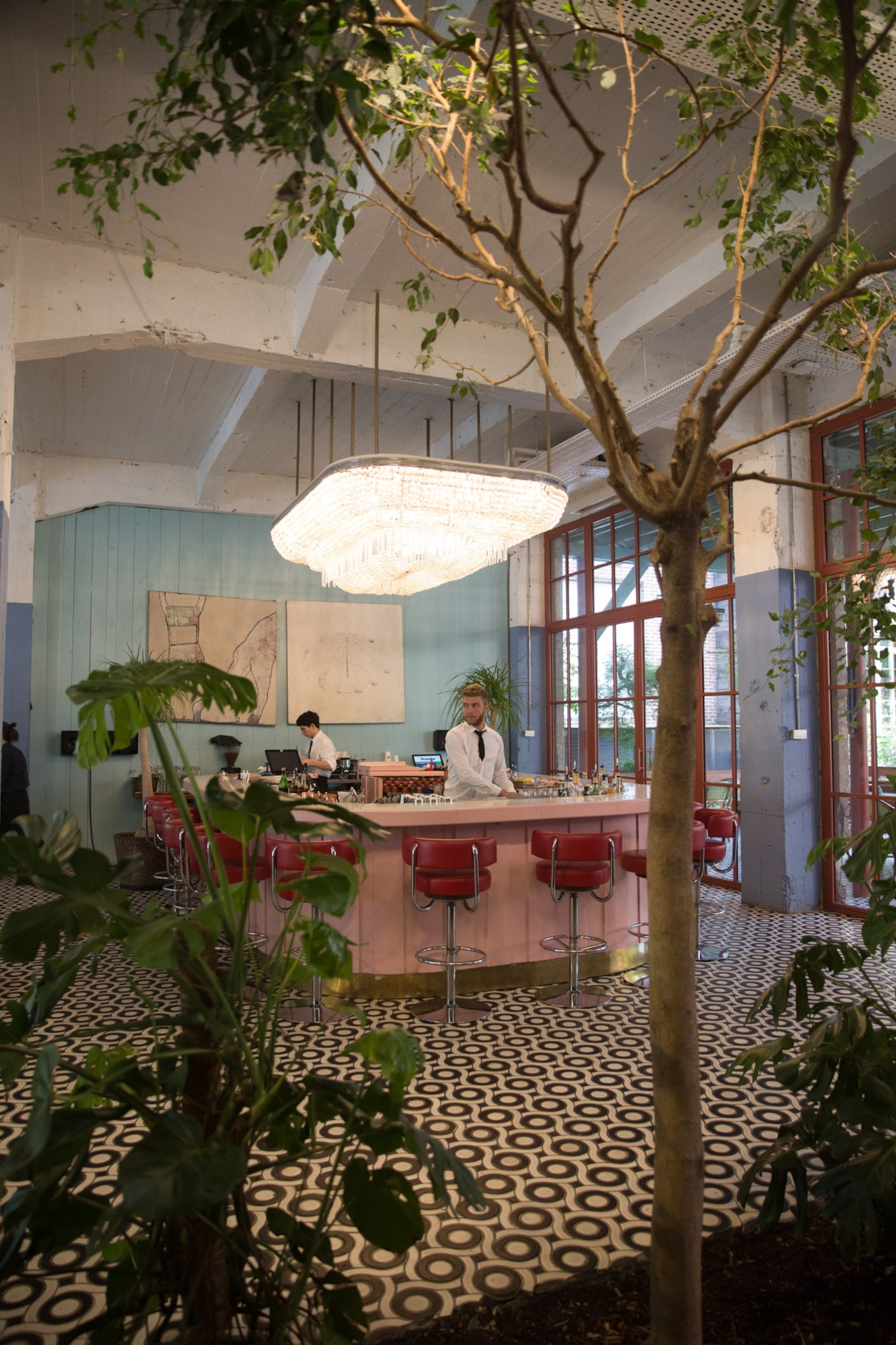
In the past few years, Tbilisi has been undergoing something of a bohemian renaissance. Several of its midcentury disused factories have been repurposed into hotels, bars, galleries, and vintage concept stores that act as cultural hubs for trendy young Tbiliseli. The first — and most famous — of these was the Rooms Hotel, intentionally reminsicent of the ornate Art Nouveau grand hotels of Europe and is as famous for its high-end cocktail bar and European-fusion food, as it is for its upscale accommodation. Later, the slightly more modern (but no less whimsical) Stamba Hotel, which is located in a former printing house, opened next door (there are also plenty of international-branded hotels here, including the Sheraton, Radisson, and Marriott). A five-minute walk away, the labyrinthine Wine Factory N1, is quickly establishing itself as the new must-go complex in Tbilisi. Located in a 19th century winery that was closed to the public for most of the past century, Wine Factory N1 offers outdoor cocktail bars and some of the city’s most innovative Georgian food. (If you can, get a tour of the cellars, which boast wine collections that, according to local legend, once belonged to Stalin and Napoleon.)

Across the river, the slightly younger-skewing Fabrika complex — as the name suggests, located in an old sewing factory — boasts a hostel, a slightly more upmarket boutique hotel, several bars, and the Impact Hub co-working space. Grab a cold local beer (bohemian restaurant Shavi Lomi has just debuted what it calls “Georgian’s first craft beer”) or glass of delicious red Saperavi wine and people-watch into the wee small hours — or at least until you head to the all-night raves at Bassiani nightclub nearby.
Eat, and eat, and eat
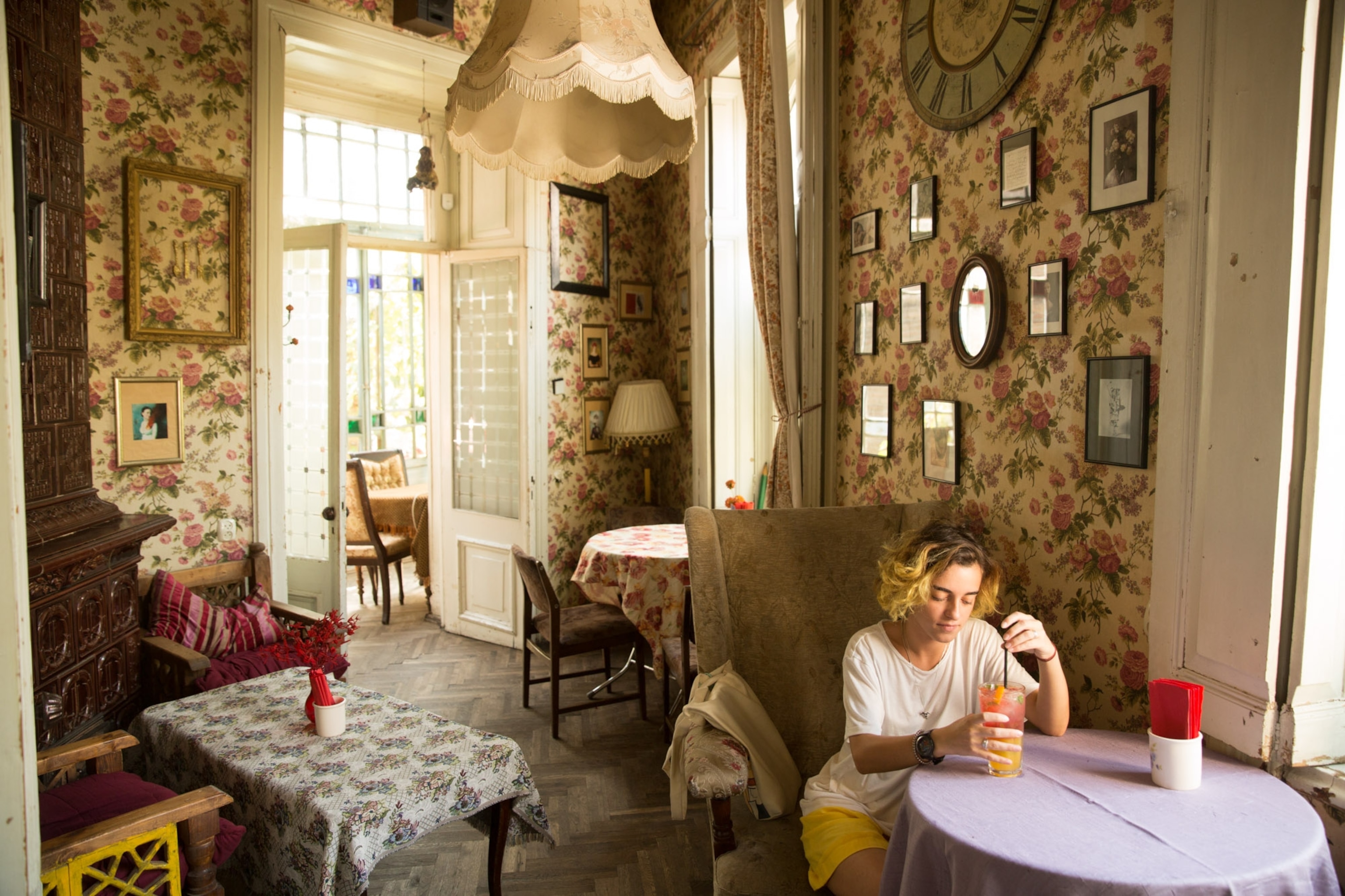
Georgian food has long been storied throughout Eastern Europe for its freshness and delicate balance of herbaceous flavors — here, coriander is often used as a salad green rather than a garnish. This fame has only intensified now that Tbilisi’s has undergone a culinary renaissance over the past few years, with a cornucopia of local restaurants reimagining Georgian classics like grilled meats in sour plum sauce, salty khachapuri cheese breads, and red bean lobio stew. The most famous of Tbilisi’s culinary impresarios is easily Tekuna Gachechiladze, whose Culinarium Cooking School and Café Littera launched a craze for Georgian-fusion cusine (Gachechiladze’s most famous dish is her chakapuli: a sour-plum-and-tarragon stew, traditionally made with lamb, that she reworks as a base for Black Sea mussels). Gachechiladze’s culinary empire also includes the hipster comfort-food joint Khasheria, just across from the city’s natural sulfur bathhouses, and the kitschy Mexican-Georgian crossover Taqueria Teko's Tacos, located in the Wine Factory Complex. Don’t miss the similarly-innovative Keto and Kote — named for characters from a Georgian opera, and located in a hidden 19th century palace that once belonged to the Bagrationi princes — which offers modern-fusion Georgian fare in a garden with panoramic views of the city center.
Go shopping at the Dry Bridge
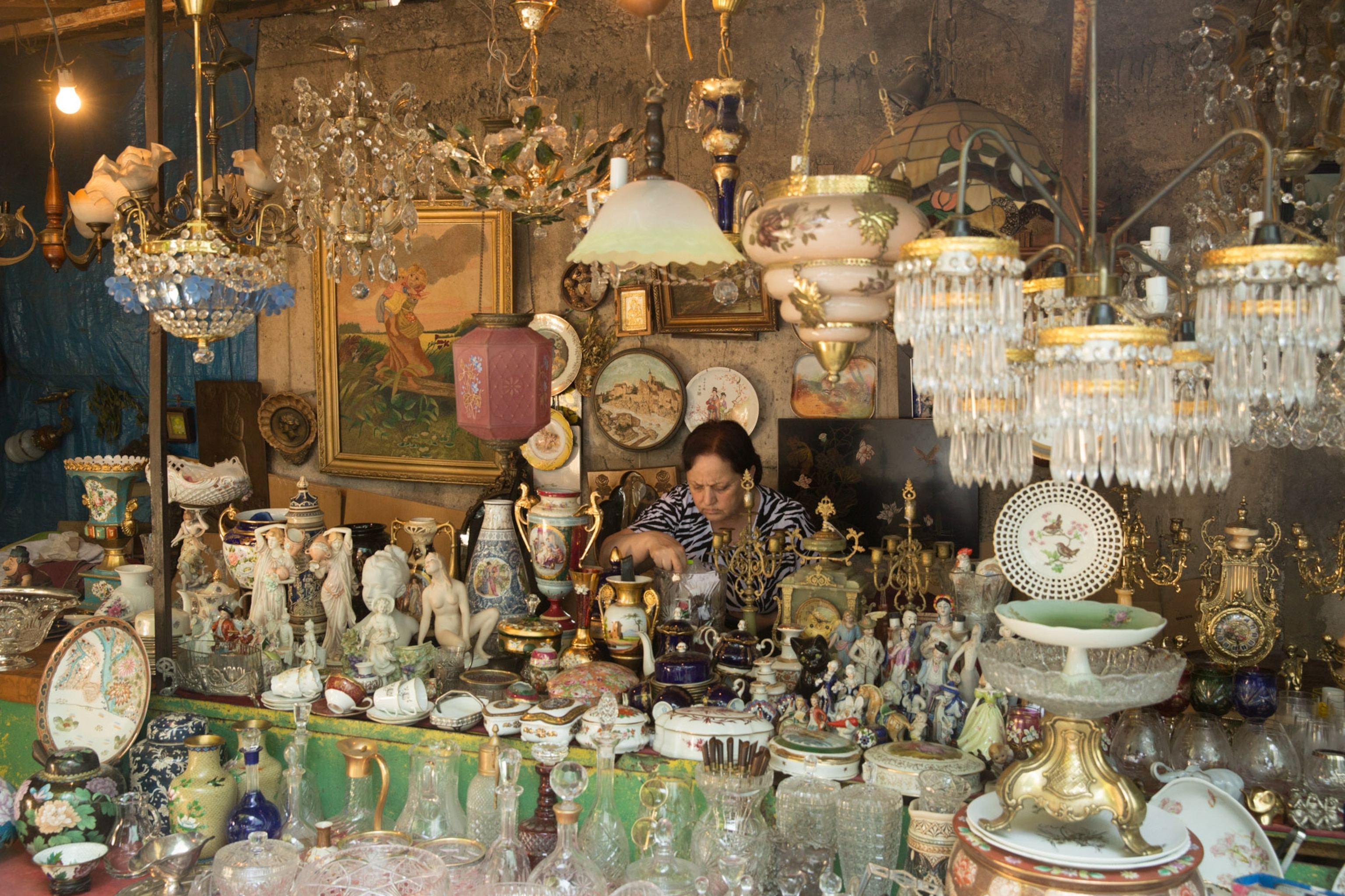
Few places showcase Tbilisi’s history as a cultural crossroads as neatly as the sprawling flea market at the Dry Bridge, an overpass located a few streets behind Rustaveli Avenue. The daily market (weekends tend to have more vendors) sells everything from 19th century European porcelain to modern Dagestani jewelry to Georgian enameling, antique musical instruments to wolf pelts, to works by contemporary artists. Come prepared with a few phrases of Georgian, and receive a history lesson from the usually-friendly vendors about anything from Soviet-era medallions to Khevsur embroidery. Haggling is expected, even welcomed, but prices are generally fair.
Take an architecture tour of the city
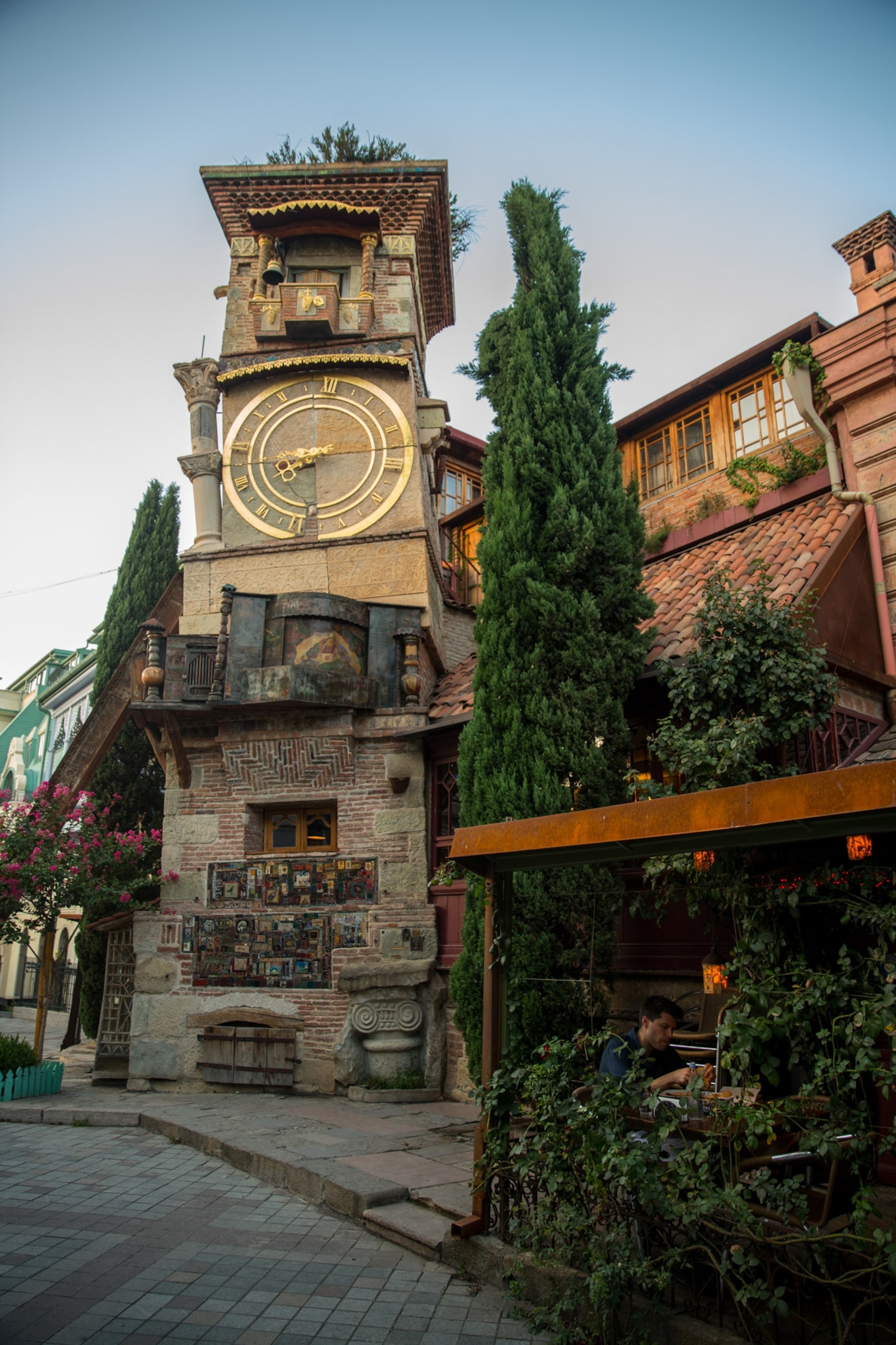
Each of Tbilisi’s neighborhoods — from the imposing neoclassical buildings of Mtatsminda to the warren-like Kala — has a completely different history and feel. Make the most of these contrasts by taking an architectural walking tour to learn about different stages in the city’s development. Numerous Art Nouveau tours have sprung up to explore the ornate buildings and intricately-painted entrance halls of Sololaki, many of which have been recently restored, while tour company Brutalist Tours takes tourists to the city’s suburbs and outskirts to engage with monuments of its 20th century past.
Find all the speakeasies

Ubiquitous in cities like New York and London, speakeasy culture has also made inroads in Tbilisi. Some of the city’s best bars and restaurants are either wholly hidden or at least sparsely marked. Check out Sofia Melnikova’s Fantastic Douqan, in the rear courtyard of the city’s literature museum (but only accessible by following several narrow alleyways into what looks like an abandoned parking lot, then daring to step through an unprepossessing garden door). Or head to Woland’s Speakeasy — named for a character in iconic Russian novel The Master and Margarita, and located underneath a kitschy American-style bar in Sololaki — which sells cocktails named after characters in Russian novels. Or visit the subtly-signposted but still discreet Cafe Le Toit, Pur Pur and Linville — three Victorian-chic cafés in Sololaki located on the upper floors of their respective Art Nouveau mansions.
